
www.nature.com/articles/s41...
New paper led by Javier Maravall on a time transect from ancient Argentina.
@iosiflazaridis.bsky.social

www.nature.com/articles/s41...
New paper led by Javier Maravall on a time transect from ancient Argentina.
In case you missed it, catch the Question of Science podcast on ancient DNA on your favorite platform. We cover why ancient DNA studies can make a difference not only to understanding history, but also health and disease.
28.10.2025 15:49 — 👍 13 🔁 4 💬 0 📌 0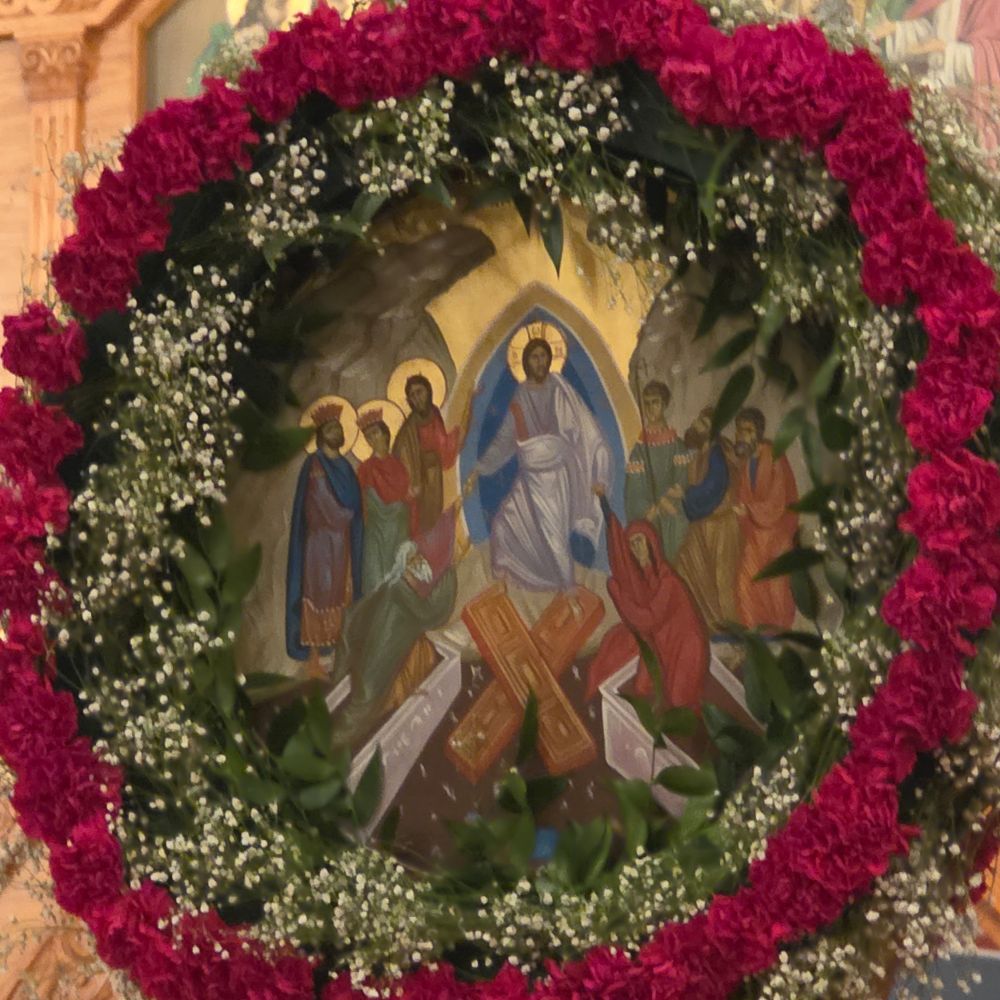
Χριστός ανέστη
20.04.2025 06:14 — 👍 6 🔁 0 💬 0 📌 0I wished, when our preprints came out, that the war raging over the Indo-European homelands, would soon end. May the spirit of open-mindedness and collaboration between our many, especially Ukrainian and Russian co-authors, prevail over the senseless hatreds of the day. end/
05.02.2025 18:33 — 👍 17 🔁 1 💬 2 📌 0... and most of all David Reich who has done more than anyone else for the science of ancient DNA (*) and for co-ordinating these very complex and demanding studies and engaging with all their scientific and practical aspects over many years.
(*) except a certain Swedish Nobel winner :)
9/
This was obviously the work of many people, most importantly my friend and mentor Nick Patterson, the knower of all things Indo-European David Anthony, the indefatigable Leonid Vyazov, my long-time collaborator Ron Pinhasi, the ever curious and insightful Alex Nikitin... 8/
05.02.2025 18:33 — 👍 6 🔁 0 💬 1 📌 0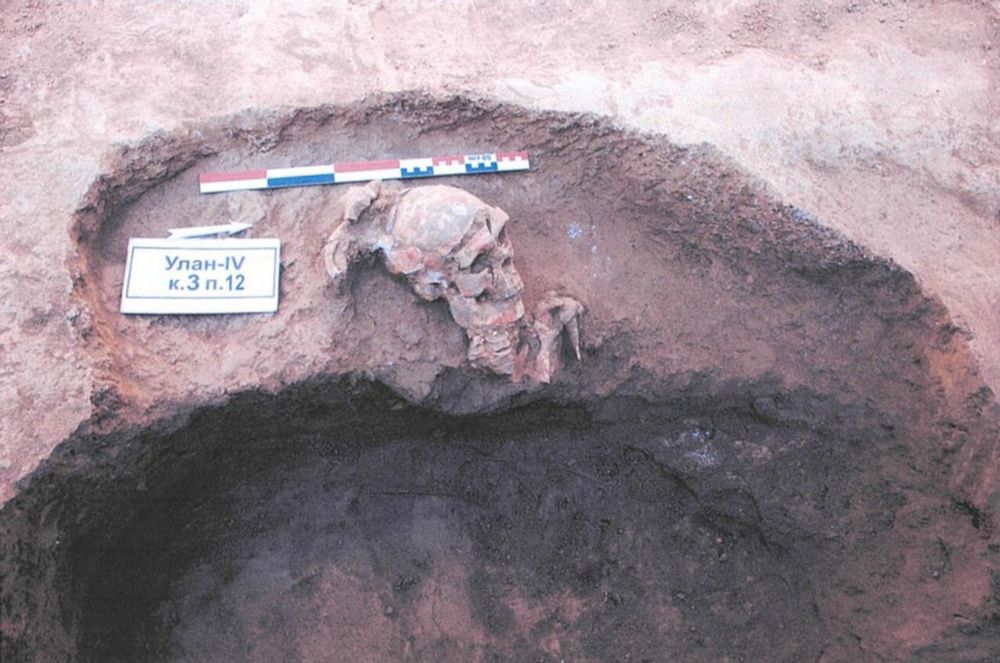
We wrote a small retrospective and description of our results in the context of a nearly 15-year-long search for the answer to the Indo-European puzzle that gives some of the background of how we ended up on this solution. 7/
communities.springernature.com/posts/indo-e...
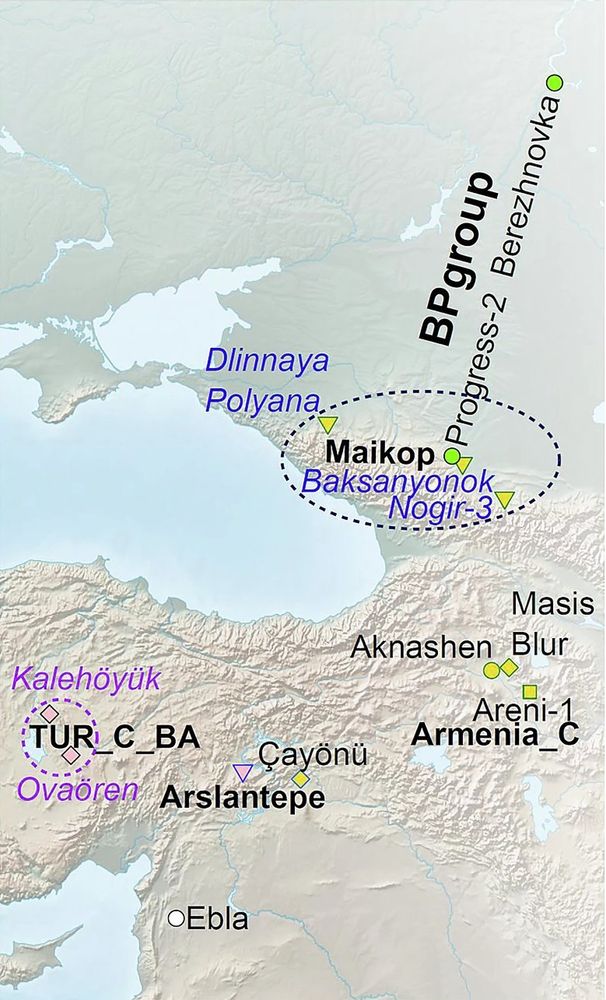
CLV people crossed the Caucasus (in sites labeled in bold) via Armenia, north Mesopotamia, and eastern Anatolia before reaching Central Anatolia and becoming the ancestors of people with mostly Mesopotamian but ~10% CLV ancestry that may have spoken Anatolian languages. 6/
05.02.2025 18:33 — 👍 7 🔁 2 💬 1 📌 0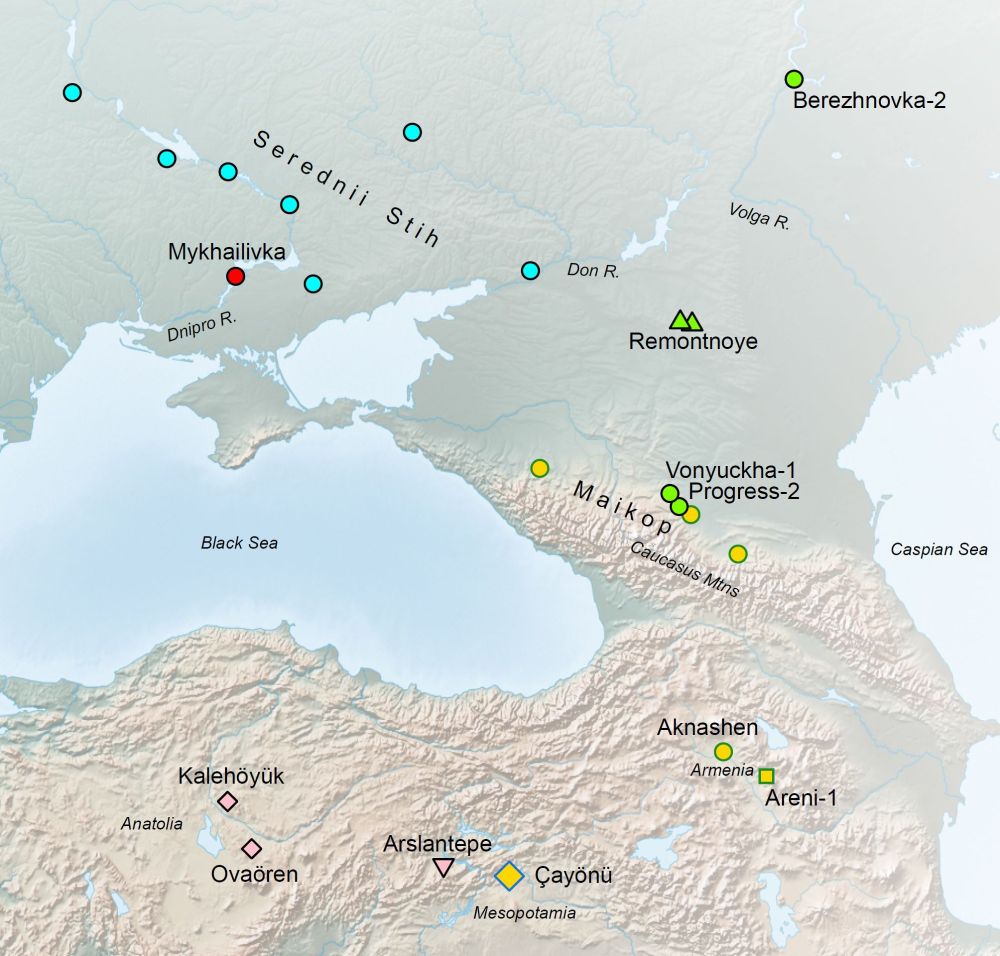
The Yamnaya's precursors were formed by admixture ca. 4000BCE and experienced an interlude of relative isolation before the emergence of the Yamnaya horizon ca. 3300BCE. Our best guess of where this happened is in the vicinity of Mykhailivka in the Lower Dnipro in Ukraine. 5/
05.02.2025 18:33 — 👍 7 🔁 1 💬 1 📌 0The Yamnaya, proximal scions of the Serednii Stih archaeological culture that preceded them in the Eneolithic North Pontic region, and more distally composed of a mix of CLV newcomers and Dnipro-Don hunter-gatherers, largely eclipsed the previous inhabitants of the steppe. 4/
05.02.2025 18:33 — 👍 3 🔁 0 💬 1 📌 0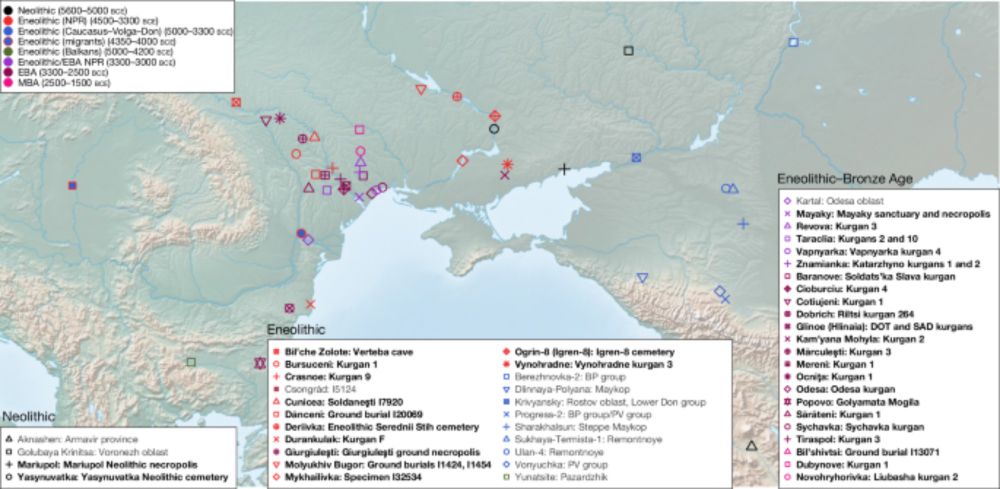
"A genomic history of the North Pontic Region from the Neolithic to the Bronze Age" focuses on how CLV migrants crossed or settled the steppes north of the Black Sea, and mixed in distinct waves with its local farmers and hunter-gatherers. 3/
www.nature.com/articles/s41...
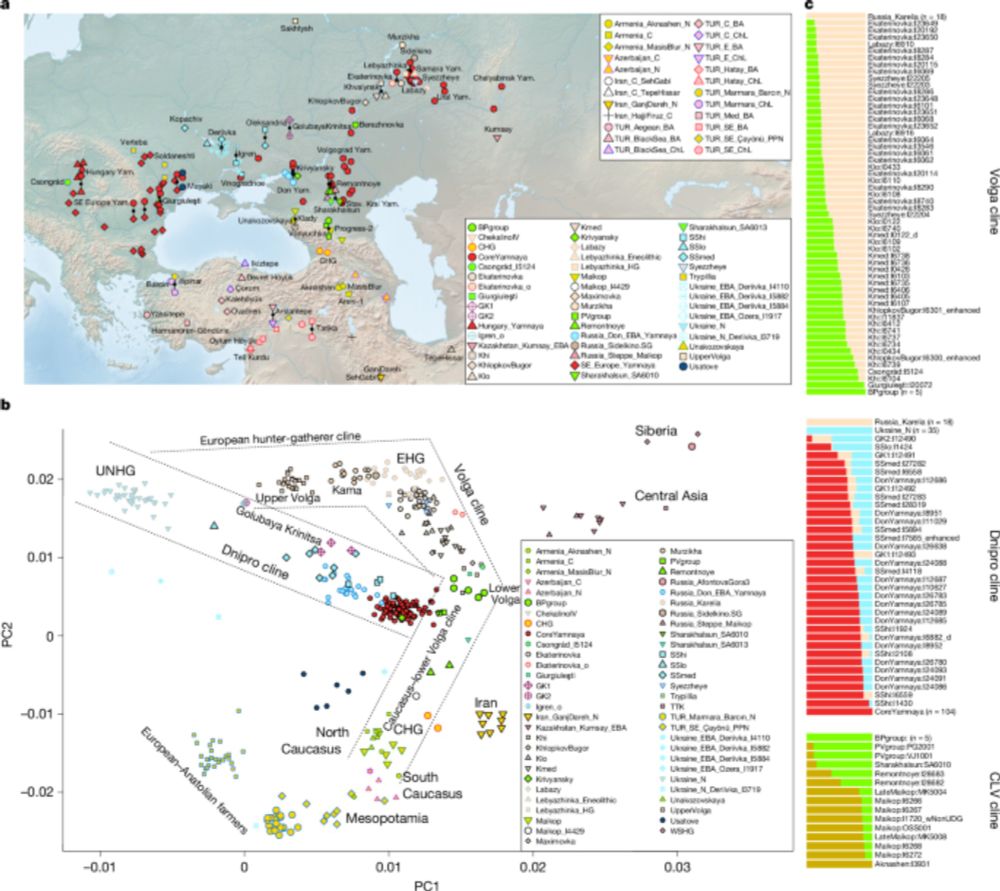
"The genetic origin of the Indo-Europeans" describes our solution: a Caucasus-Lower Volga homeland of Proto-Indo-Anatolian speakers and a North Pontic (or Dnipro-Don) homeland of the Proto-Indo-Europeans which we identify as the Yamnaya. 2/
www.nature.com/articles/s41...
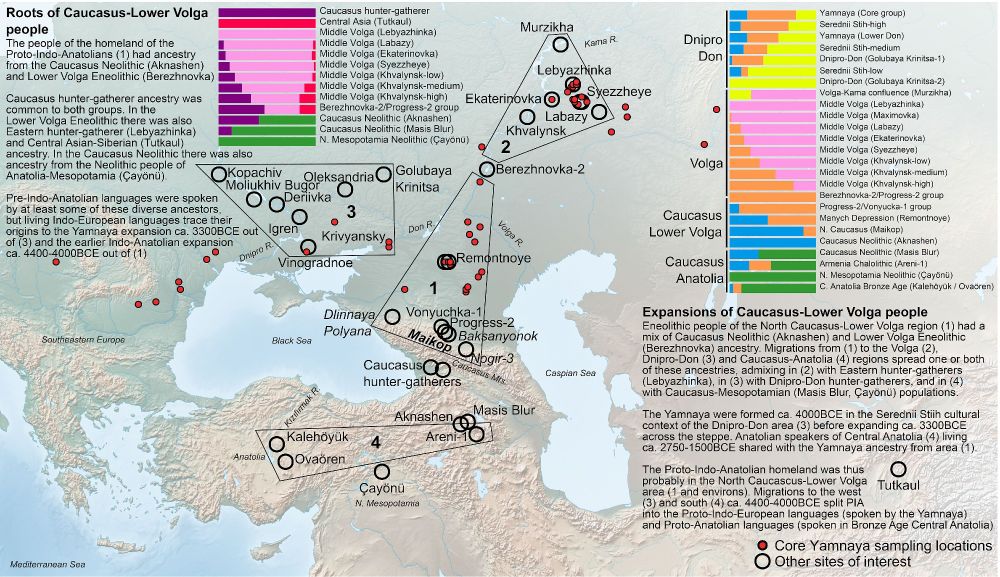
Our papers, out today in @nature.com, show how ancient DNA from the Eneolithic and Bronze Age steppe points to a North Pontic origin of the Indo-European language family and a Caucasus-Lower Volga (CLV) origin of Indo-Anatolian (inclusive of the now extinct Anatolian languages). 1/
05.02.2025 18:33 — 👍 64 🔁 20 💬 4 📌 5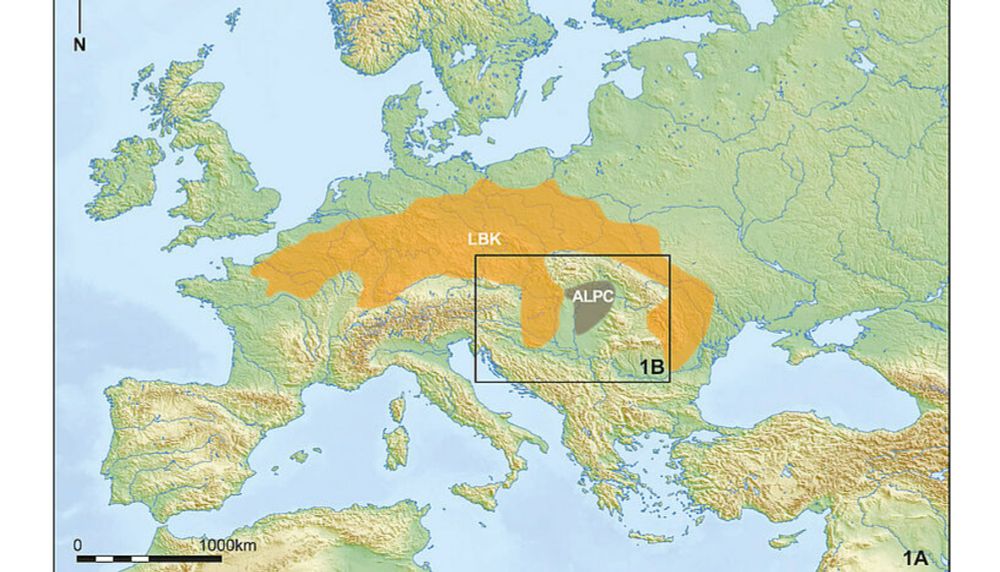
Sharing is Caring: Central Europe’s First Farmers Lived in Equality 👨🌾
The results of a new study in Nature Human Behaviour, reveal that the culture responsible for the expansion of agriculture in Central Europe 8,000 years ago showed no signs of population stratification. ⤵ 🏺 #Anthropology
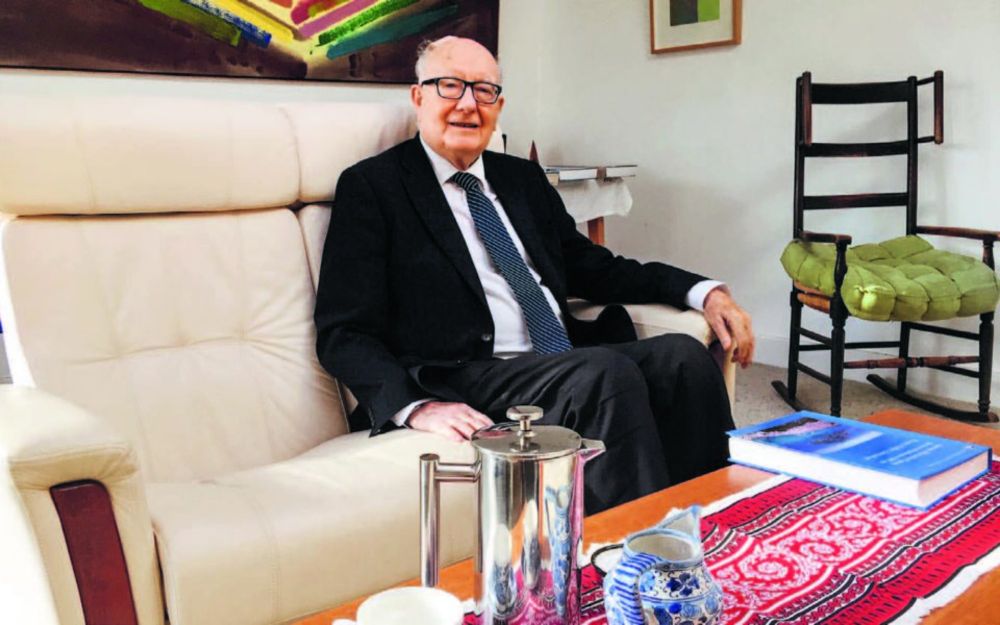
Colin Renfrew's accomplishments in so many fields are many. I only met him once and what I most admired about him was how receptive to new evidence and ready to re-evaluate his own ideas he was. A true giant of world archaeology has passed away.
www.ekathimerini.com/news/1254364...

Shared our research on the #aDNA of the #Pompeii casts with the @abc.com.au.web.brid.gy earlier this week. Thank you for having me! www.abc.net.au/listen/progr...
15.11.2024 16:57 — 👍 3 🔁 1 💬 0 📌 0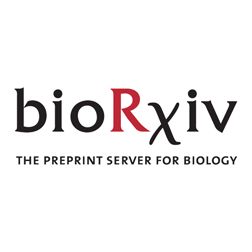
A genomic history of the North Pontic Region from the Neolithic to the Bronze Age https://www.biorxiv.org/content/10.1101/2024.04.17.589600v1
18.04.2024 08:33 — 👍 1 🔁 1 💬 0 📌 0
The Genetic Origin of the Indo-Europeans https://www.biorxiv.org/content/10.1101/2024.04.17.589597v1
18.04.2024 16:33 — 👍 2 🔁 1 💬 0 📌 0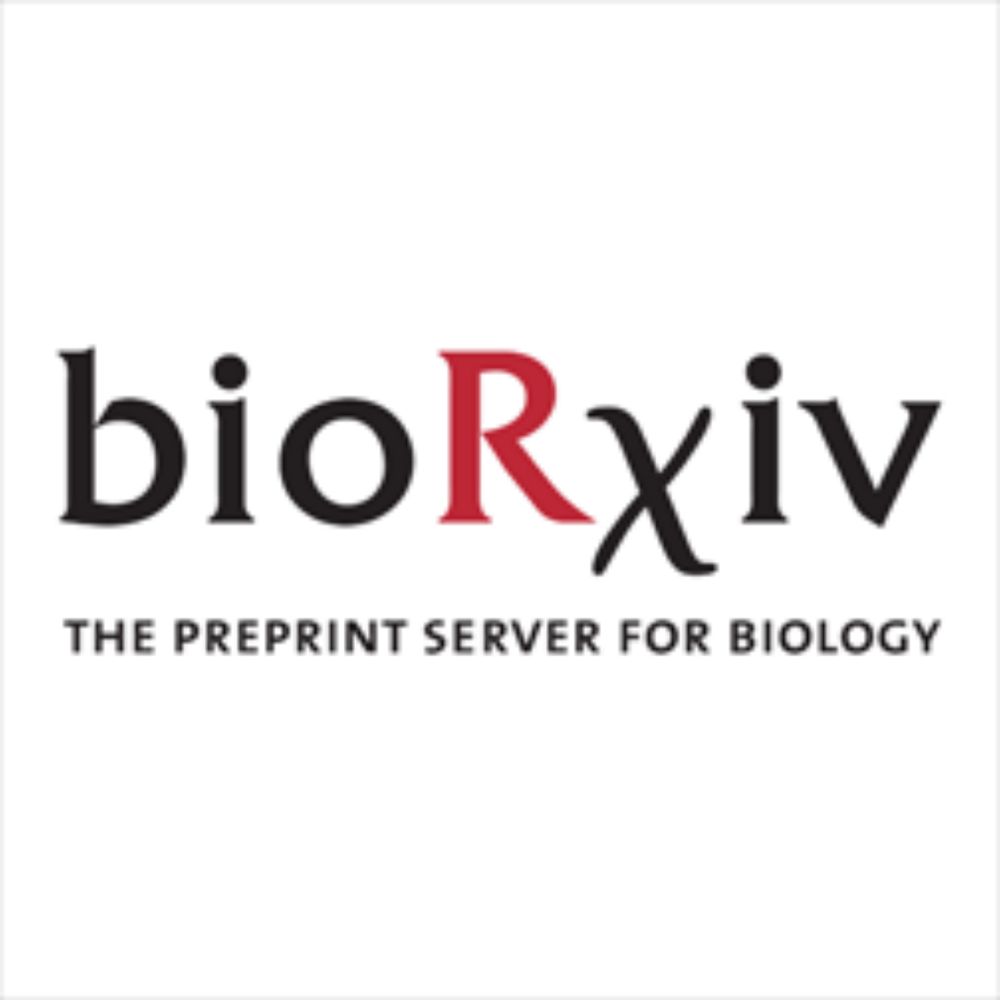
Our new preprint by Gözde Atağ et al on the genomes of Anatolian and Cyprian mouflons and how they relate to other wild, feral and domestic sheep groups 🐏
www.biorxiv.org/content/10.1...